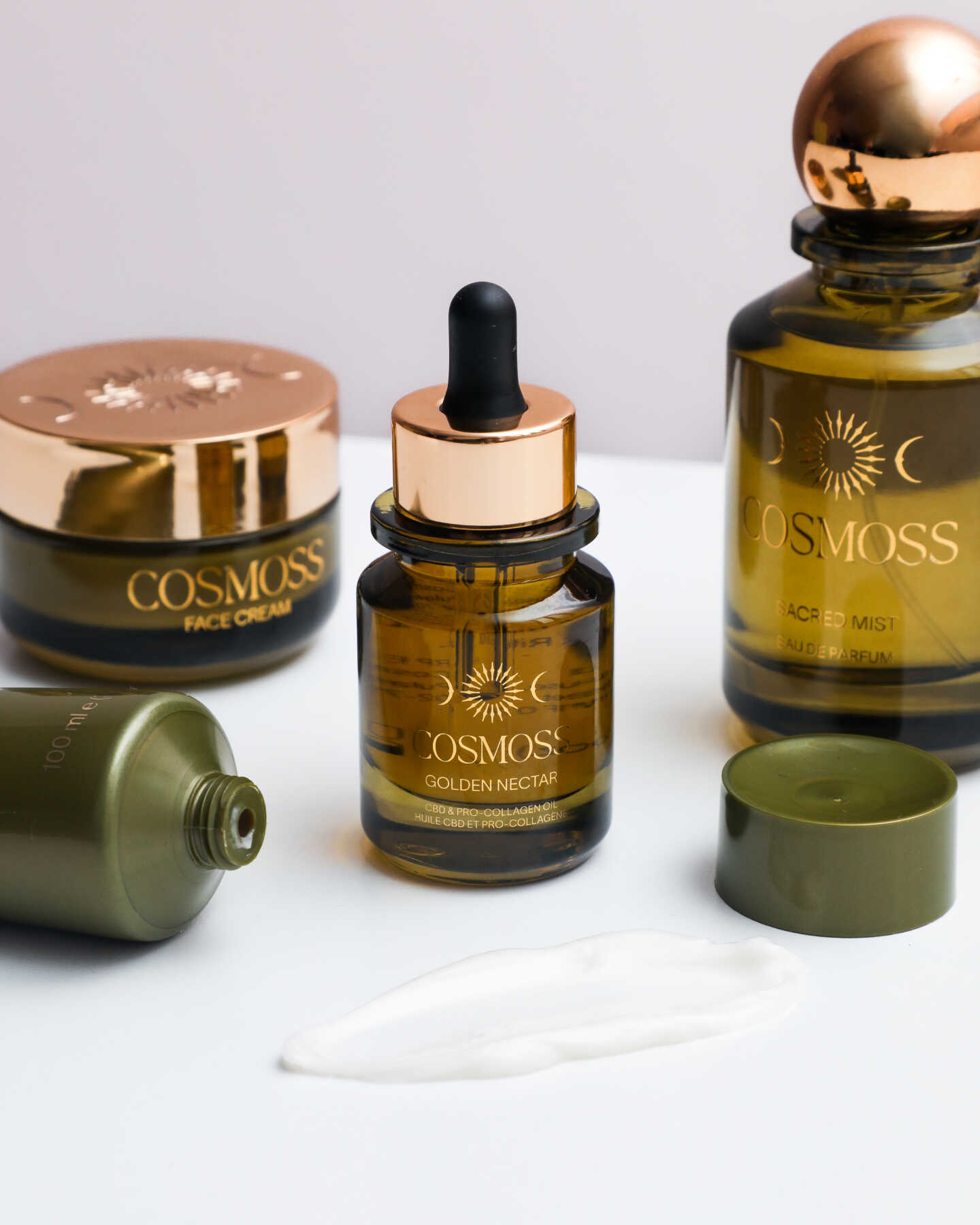
There is a simple trick to a healthy diet: Stock your kitchen with healthy and versatile foods. Having these superfoods on hand in your pantry, fridge or freezer really simplifies the meal-making process.
In this blog post, learn which pantry essentials you should always have on hand. Plus, get your healthy shopping list as a downloadable PDF!
Healthy shopping list: Foods you should always have in the house
1. Legumes
Every pantry should contain lentils, chickpeas, beans and peas. They are great sources of vegetable protein and rich in fiber. This is also why legumes have been shown to reduce the risk of Type 2 diabetes, heart disease, high blood pressure and stroke.(1) The Academy of Nutrition & Dietetics recommends eating at least four portions per week. One portion is equal to 60-70 g of dried legumes or 125 g of cooked legumes.
Our tip:
Use beans, lentils and peas for curries, chilis, salads or brownies. They come in cans or dried (but don’t forget that you need to pre-cook these).
2. Nuts
Unsalted nuts are the perfect all-rounder: they are rich in valuable fatty acids, protein, vitamins and minerals. Snack on nuts between meals, put them in a smoothie or your morning oatmeal, or add them to sauces in the form of nut butters. Eating 20-60 g of nuts per day (about a handful) has been shown to have positive effects on chronic diseases like cancer, respiratory diseases or diabetes.(2)
Walnuts, almonds and the like are also high in calories: 100 g of walnuts, for instance, contain 650 calories – thus making them perfect for healthy weight gain.
3. Eggs
Are eggs healthy? They certainly are! They’re bursting with vitamins. Plus, they contain all nine essential amino acids (valine, leucine, isoleucine, histidine, lysine, methionine, tryptophan, phenylalanine, threonine). Eggs are very versatile, which makes them a must-have on your healthy shopping list. If you eat this high-protein food for lunch in a salad, you are pretty much guaranteed to avoid hunger cravings in the afternoon.(3)
4. Onion and garlic family
Onions and garlic belong to the genus Allium. A healthy, fresh diet is almost unimaginable without these two, as they are crucial for adding flavor to the food you eat.
Onions contain essential oils and sulphur-containing compounds (sulfides). This makes them not only an herb, but a medicinal plant too: Sulfides are phytonutrients, which are said to have many benefits for your body. If eaten regularly, they are supposed to lower your risk of cancer and protect you from bacterial diseases.(4) Sulfides are always present in garlic.
5. Potatoes
Potatoes are a valuable source of potassium and a very low-calorie side dish. 100 g of this tuber have a mere 75 calories. Popular ways of eating them are as mashed potatoes, potato soup, or homemade French fries.
Storage tip:
Potatoes keep a long time if they are stored in a dark, cool and dry place. The same goes for onions and garlic.
6. Frozen berries
Fresh berries are often rather expensive. In summer, gather a few extra blueberries or strawberries and freeze them for winter. Or buy them already frozen: Frozen fruit sometimes contains even more vitamins and minerals than their fresh equivalents. Enjoy the berries in a smoothie on hot days or stir them into your oatmeal.
7. Flaxseeds
Whether whole, ground or as an oil, flaxseeds is one pantry essential you don’t want to be without. This superfood is a great source of soluble fiber, protein and alpha-linolenic acid (an omega-3 fatty acid).(5) For many people, going a day without them is unthinkable: The mucins contained within the seeds are good for your bowel health. Mix flaxseeds into smoothies and yogurt or sprinkle them over salads. But don’t forget to always drink a big glass of water when eating the seeds. Otherwise, you run the risk of constipation if you consume a large amount of them.
Did you know that…?
Cold-pressed flaxseed oil should never be heated and only used for cold dishes: The oil is rich in omega-3 fatty acids, which are destroyed by high temperatures and result in harmful trans-fatty acids. It’s best to store flaxseed oil in the refrigerator.
8. Dates
The fruit of the date palm actually contains more fiber than whole grain bread, more potassium than bananas, and they support your digestion. Due to their high sugar content, dates provide runners (as well as non-runners) with a quick boost of energy and thus curb their cravings for sweets. Dates also go well in shakes, energy balls, and brownies.
9. Green leafy vegetables
Spinach, kale and arugula: From now on, make sure that you always have green leafy vegetables on your healthy shopping list. Seasonal “green stuff” is healthy and very versatile. Mix up the ways of preparation so they don’t get boring: from green smoothies to salads and pasta to curries. Leafy vegetables are packed with nutrients and most importantly fill out your meal. That way you feel satiated without having to consume too many calories.
Great source of calcium (not just) for vegans!
Did you know that green leafy vegetables are especially good suppliers of plant-based calcium? 100 g of kale provides you with about 150 mg of the mineral (100 ml of cow’s milk contains only 120 mg). The daily requirement of an average adult is about 1,000 mg.(6)
10. Oats
Oats should also be at the top of your healthy shopping list and never lacking in your pantry. Like legumes, they are a good source of fiber and have a low glycemic index, meaning that your blood sugar levels only rise moderately and slowly after eating them. Thus, this keeps you feeling full longer.
11. Plain yogurt
Yogurt is a fantastic source of protein. Avoid the sweetened fruit yogurts at the supermarket and stick with the plain variety. This helps you cut down on sugar and calories. Plain yogurt is also a probiotic: It contains live bacteria that help optimize your gut flora. Mix some yogurt into your post-workout smoothie or enjoy it with berries and oats for breakfast.
12. Dark chocolate
Two or three pieces of dark chocolate can satisfy your craving for sweets and make you feel happy. The cocoa bean is full of flavonoids (phytonutrients) and is thus considered to be a superfood. Dark chocolate not only reduces inflammation, but it is also said to lower your blood pressure.(7)
13. Green tea
Another must-have on your healthy shopping list is green tea. It is another valuable source of flavonoids (catechin), which have an antioxidant effect. The drink provides you with caffeine (just like coffee), but the effect is weaker, more gradual and longer-lasting. So if you are looking for a caffeine kick, but coffee makes your heart race, then green tea might be a suitable alternative. Give it a try and see!
Free PDF to download: Your healthy grocery list
We have put together a healthy shopping list as a PDF to make your weekly grocery shopping easier and help stock up your pantry, too. Just download the list, print it out and take it with you to the supermarket!
***







